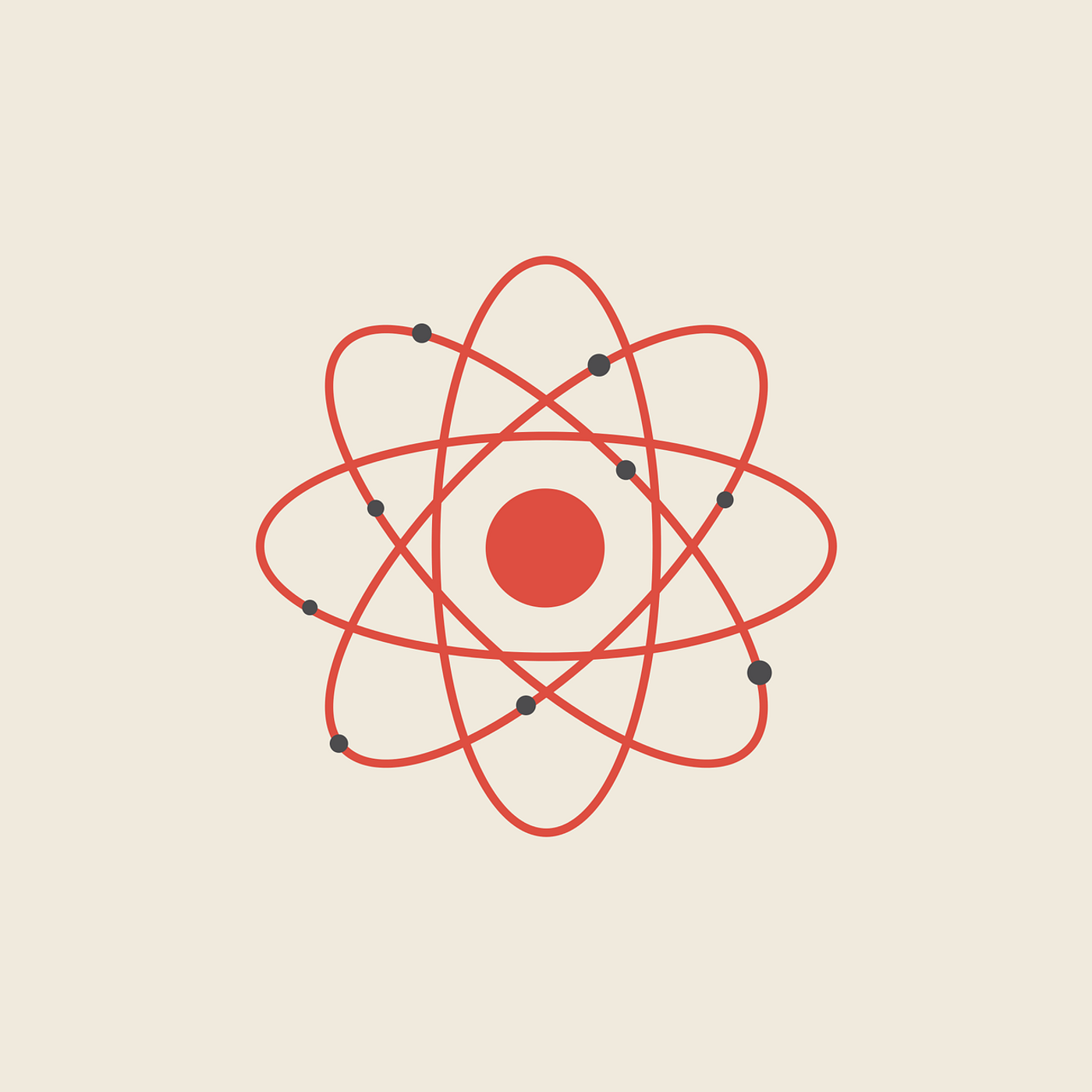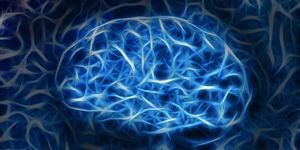Neutrino "Ghost Particles" Used to Investigate Proton Structures
A neutrino is one of the most well-known, and arguably most mysterious, particles in all of physics. This is because while they exist in vast quantities throughout the universe, they are also very hard to study. Equally, protons are also hard to study, as well since they are also at the subatomic level.
But a group of international researchers led by the University of Rochester have identified a novel approach to examine the structure of protons using neutrinos, also called “ghost particles”. Their name comes from their miniscule mass, zero electrical charge, and rare interaction with atoms, despite being one of the most plentiful objects in the universe, and this study could be used to help answer longstanding questions about the cosmos.
Like a number of previous scientific discoveries, this come came almost accidentally, as the researchers were studying neutrinos in the Fermi National Accelerator Laboratory, also called Fermilab, while a part of the MINERvA international collaborative effort.
"While we were studying neutrinos as part of the MINERvA experiment, I realized a technique I was using might be applied to investigate protons," says Dr. Tejin Cai, who is now a postdoctoral research associate at York University but conducted the research as a PhD student at Rochester, and is lead author of the study. "We weren't sure at first if it would work, but we ultimately discovered we could use neutrinos to measure the size and shape of the protons that make up the nuclei of atoms. It's like using a ghost ruler to make a measurement."
While the size of protons was first measured in the 1950s using beams of electrons, this new study involves using beams of neutrinos to further examine photons.
Dr. Kevin McFarland, who was Dr. Cai’s PhD advisor at Rochester, compared the new method to observing a flower in visible light then observing the same flower in ultraviolet light.
"You are looking at the same flower, but you can see different structures under the different kinds of light," said Dr. McFarland. "Our image isn't more precise, but the neutrino measurement provides us with a different view."
Along with this new study gathering more data about neutrinos, it also opens the door for predicting neutrino interactions for future experiments, as well.
Sources: Fermilab, TechTarget, Nature, University of Rochester News Center
As always, keep doing science & keep looking up!









